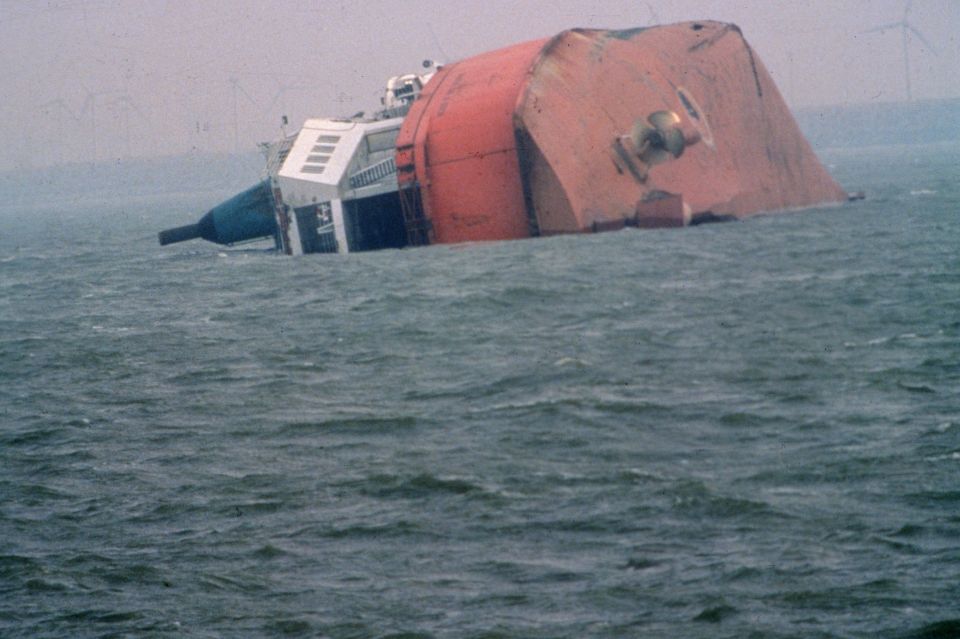- A sudden thick fog causes two ships to collide, killing 322 off the coast of Newfoundland on September 27, 1854.
The Arctic was a luxury ship, built in 1850 to carry passengers across the Atlantic Ocean, she had a wooden hull and could reach speeds of up to 13 knots, an impressive advance at that time in history.
On September 20, the Arctic left Liverpool, England for North America, seven days later, just off the coast of Newfoundland, it turned into a dense fog.
Unfortunately, the ship’s captain, James Luce, didn’t take the usual safety measures to deal with the fog: he didn’t slow the Arctic down, he didn’t sound the ship’s horn, and he didn’t add extra lookouts.
At 12:15, the Arctic crashed into the steamer Vesta, an iron-hulled ship piloted by Captain Alphonse Puchesne.
Since it was the Arctic that hit the Vesta, the Vesta’s crew initially directed their energy to assisting the steamship.
They hadn’t realized that Vesta’s iron hull had actually done far more damage to the Arctic than vice versa.
Soon, the luxury ship released lifeboats, but many capsized in the choppy waters. When the crew of the Arctic discovered that their ship was badly damaged, Captain Luce decided to try to beach the ship. In doing so, he ran over several of the lifeboats, causing even more people to drown.
The Arctic was too far from shore for the attempt to be successful, and the action only increased the rate of flooding within the ship.
General panic then ensued, the desperate crew of the luxury ship seized lifeboats of women and children trying to escape, when one of the ship’s high-ranking officers tried to stop this, the crew killed him.
The last 70 people left on board huddled together on a makeshift raft as the Arctic sank. Reportedly, only one member of this group survived.

